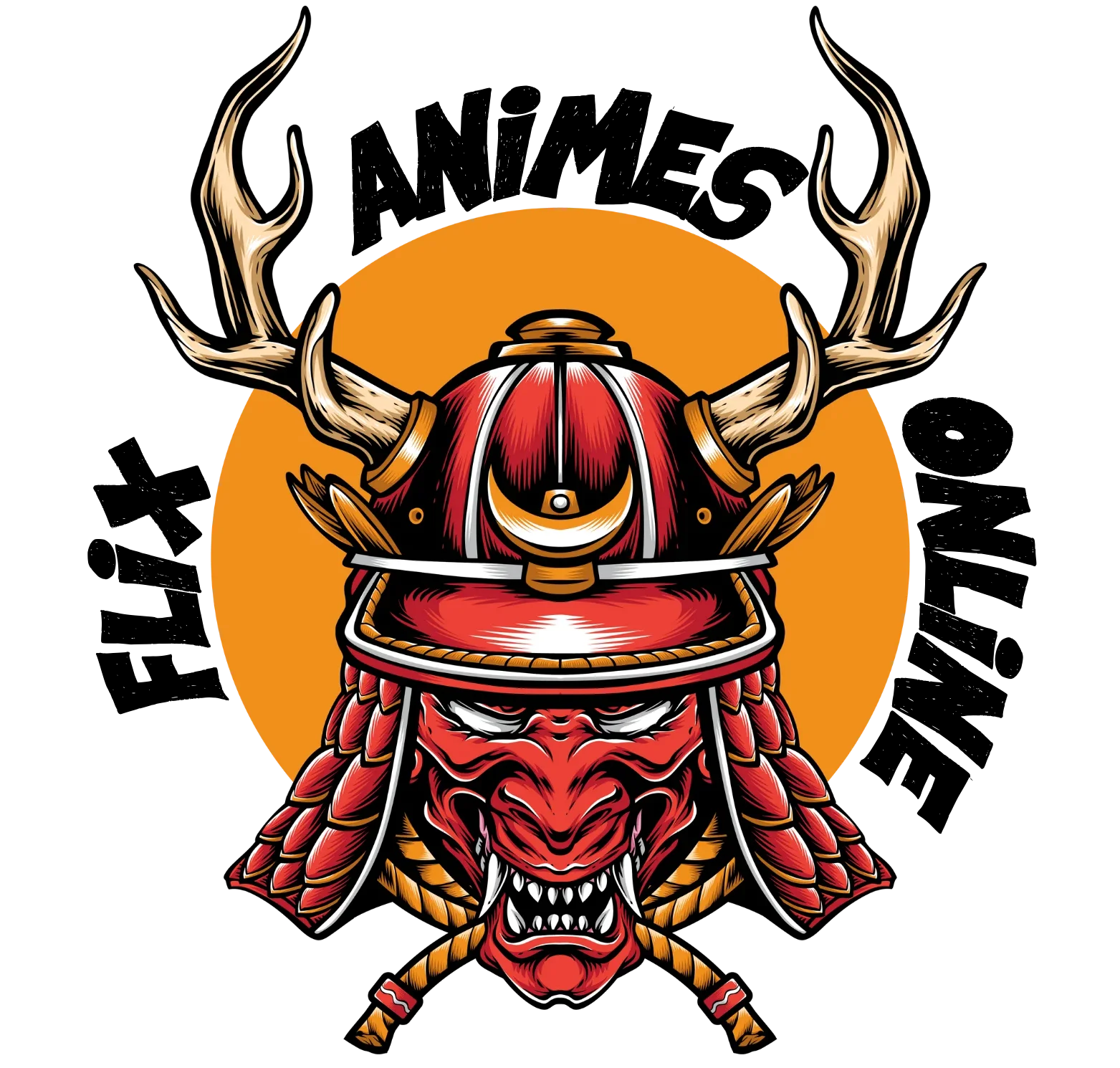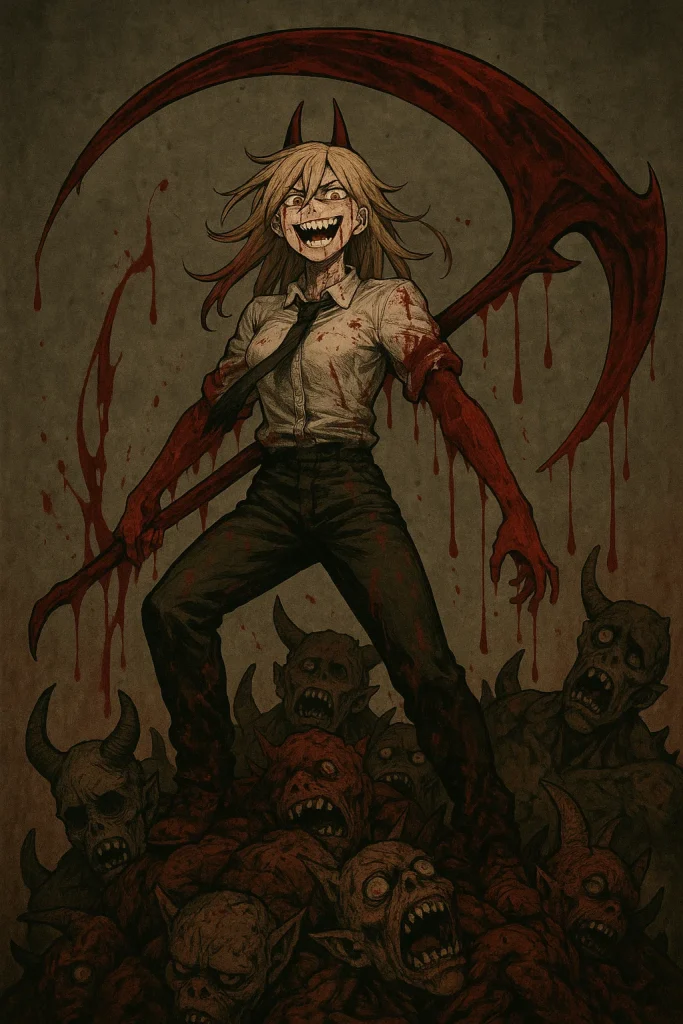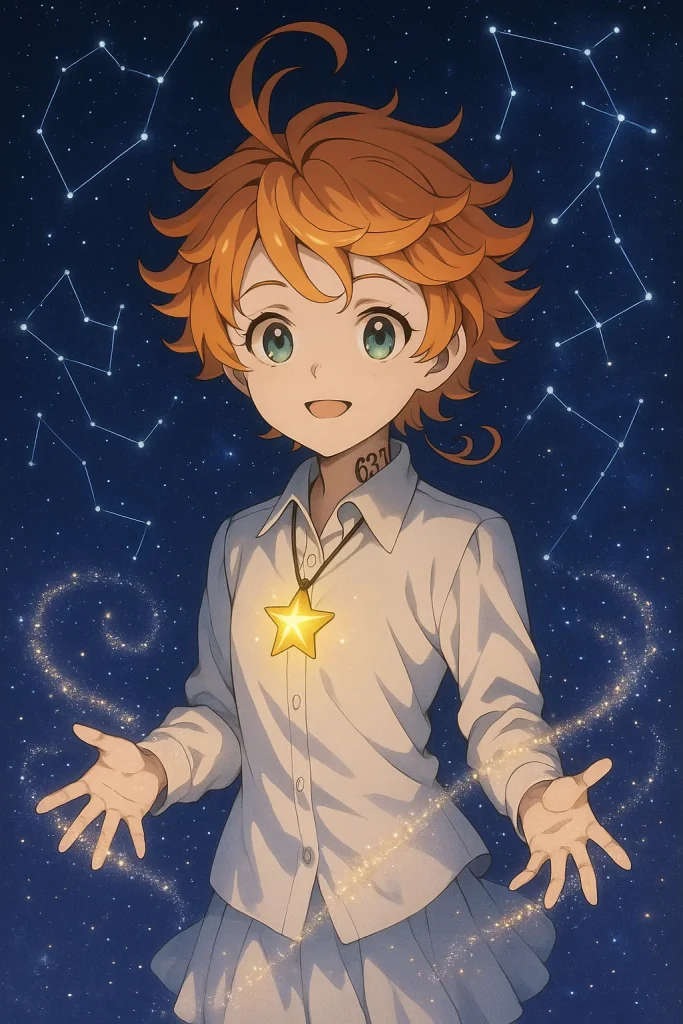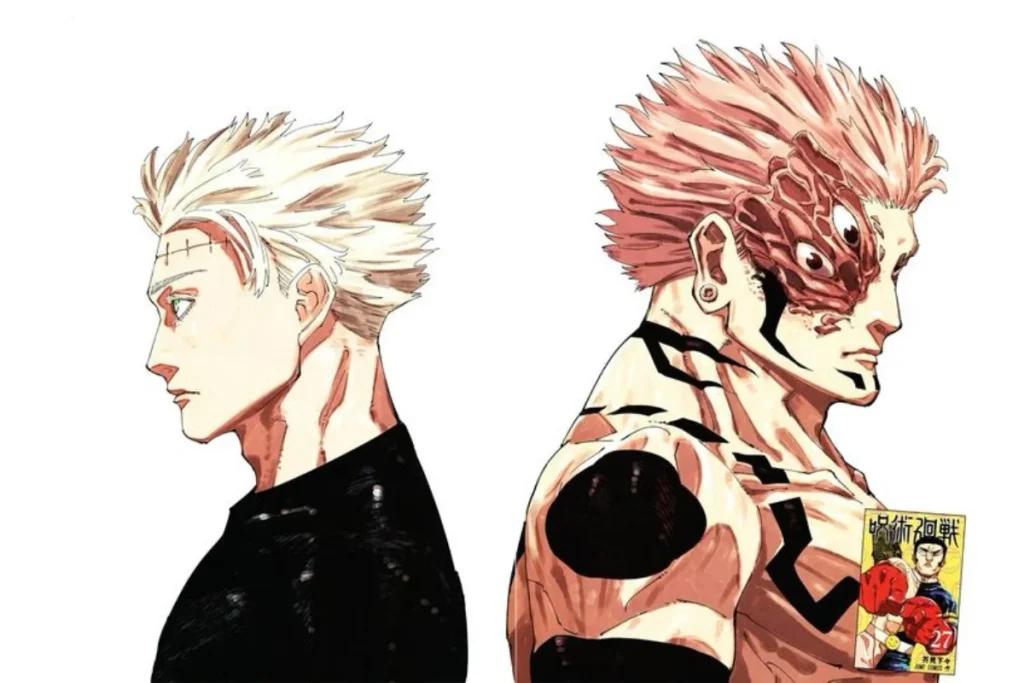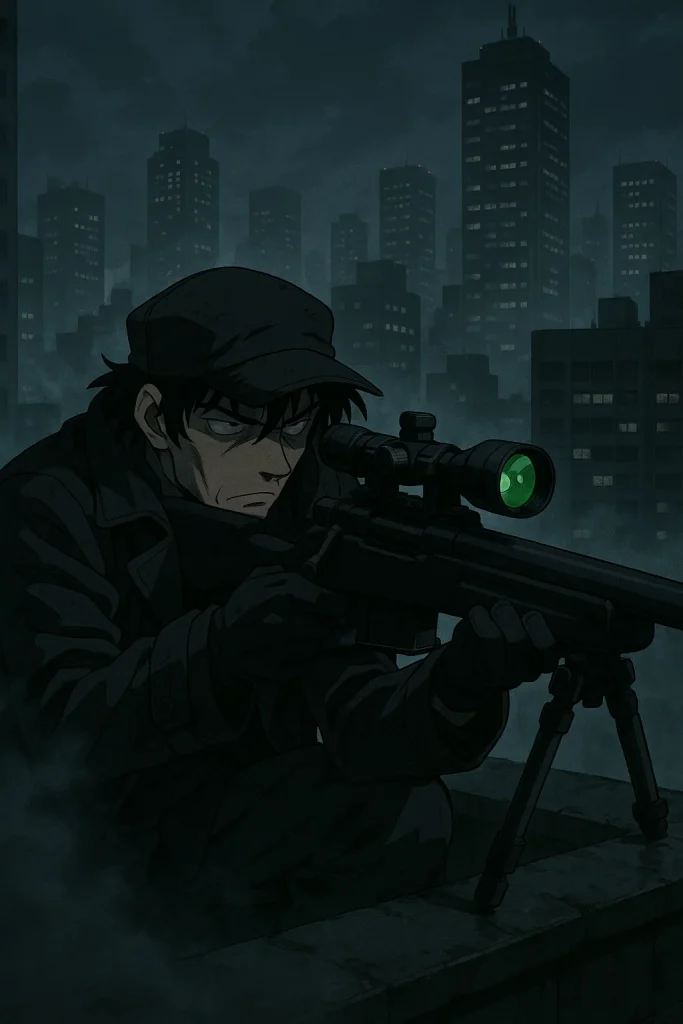Subtle classism and gender bias in society-Magic Artisan Dahlia Wilts No More

Introduction
Magic Artisan Dahlia Wilts No More is more than just a heartwarming story about magical tools and independent craftsmanship, it’s also a thoughtful critique of subtle classism and gender bias in society. These themes are intricately woven into the plot, highlighting how unspoken social rules, economic status, and gender expectations affect the lives of artisans and nobles alike.

Understanding Subtle Classism and Gender Bias in the Manga
Unlike overt oppression, subtle classism and gender bias manifests in small yet powerful ways:
- Assumptions about capability based on gender
- Limited opportunities for social mobility
- Social etiquette and expectations placed more harshly on women
- Dismissal of independent or lower-class innovators
In the world of magical artisanship, where guilds, noble patrons, and legacies dominate, these biases form invisible barriers that characters must navigate or dismantle.

Dahlia Rossetti: A Victim and Challenger of Bias
Patronizing Attitudes
Male clients and guild officials often speak down to her or question her decisions despite her expertise.

Overlooked by Guilds
Her work is sometimes dismissed due to lack of noble affiliation or a prestigious surname.
Stereotyping
Dahlia is frequently expected to focus on decorative or domestic enchantments, “feminine” products, rather than tools or gear used in combat or trade.

Credit and Recognition
Some of her innovations are misattributed or undervalued compared to similar works by male artisans.

How Other Characters Reflect These Themes
Lady Emilia
As a noblewoman who supports reform and justice, Lady Emilia is an example of someone who recognizes the problem and uses her influence to uplift fair-minded artisans. Her support of Dahlia represents the rare upper-class figure willing to cross social boundaries for merit.
Tobias Orlando
Tobias, Dahlia’s ex-fiancé, is a reflection of entrenched class privilege. Though talented, he often overlooks Dahlia’s potential and contributes to the emotional suppression she faces. His belief in traditional roles highlights the internalized class and gender norms many characters uphold.
Volfred Scalfarotto
A knight who treats Dahlia with genuine respect, Volfred contrasts other male characters by acknowledging her talent without condescension. His character shows that not all within the elite are complicit in systemic bias.

Final Thoughts
Magic Artisan Dahlia Wilts No More presents a beautifully crafted world that doesn’t shy away from reality. Through the lens of subtle classism and gender bias in society, the manga offers a rich commentary on the hurdles faced by independent women and lower-class artisans. It challenges outdated norms not through conflict, but through persistence, craftsmanship, and quiet defiance.

